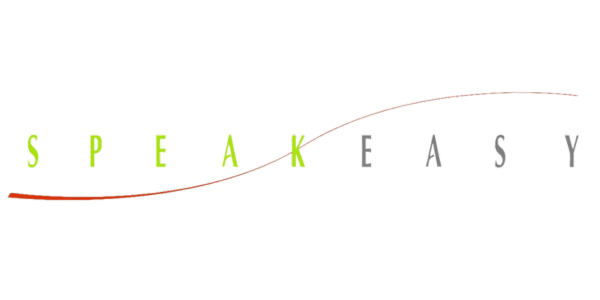
08 Apr Reading an Audience to Boost Engagement and Interest
Reading Time: 3 minutesCheryl, nervous about her sales presentation, walked down the aisle to the front of the auditorium.
She spent hours, the past week, practicing her presentation, going over her visuals and was sure she would engage the audience with the compelling customer survey results.
She focused on each audience member, trying to look them in their eyes and pull them into her presentation, one person at a time.
Everything seemed to be going just as she had envisioned, until she glanced over and saw this…
 Cheryl wrapped up her presentation and answered the few questions she received, she walked back down the aisle a bit deflated.
Cheryl wrapped up her presentation and answered the few questions she received, she walked back down the aisle a bit deflated.
She sat deeply in her chair and couldn’t help but wonder, “what signs could I have looked for to gauge the audience’s interest or boredom level?”
Speakers from around the world may encounter a similar scenario. As human beings we come into contact with lots of faces and expressions. Recent research has revealed that the collective expressions of an audience can reveal important social information. Master communicators tend to be quite sensitive to body language in their audience.
Taking a quick scan of your audience, like Cheryl did during her presentation, can reveal to you, as the speaker, if the audience seems to be on the edge of their seats, bored, frustrated, or distracted. In fact, new research from UC Berkeley proves that the human eye and brain processing is very efficient with averaging out the facial expressions and body language of an audience to get a reliable mood/interest reading.[1] These internal visual cues often can guide a speaker to adjust their volume, cadence, or nonverbal communication to better fit the audience’s interest level.
Business communication consultants suggest that you consider these three audience cues during your next presentation or talk.
Closed postures – This includes crossed arms, head holding, slouching in their seats, and frowning which are all sure signs that you may be losing the audience’s interest. Finding ways to infuse humor, or strategically placing discussion-style questions for the audience to share their ideas or suggestions on the topic at hand, throughout the talk, can be an anti-boredom tool.
No eye contact – Often maintaining eye contact with a speaker is a sign that the audience is engaged and listening. When audience members either avoid eye contact or are staring blankly around the room, this is a telltale sign that it is time to adjust your talk to re-engage the audience before your message is lost on deaf ears. Asking questions, or pausing to allow the audience a stretch break, can be an effective way to restart your talk and pull the audience back in.
Whispering to neighbors – Though a little bit of side chatter can be a good sign that the audience is engaged and thinking about what is being said, too much whispering can be a sign that the audience is distracted. If this persists throughout the talk and starts to be distracting for you or for other audience members, find a polite and tactful way to acknowledge the whispering. For example, a speaker may comment, “I see that this topic is generating some conversation. Are there any comments that anyone would like to share?” This approach signals to the audience that you are paying attention and are interested in any feedback related to the topic.
Like Cheryl, practicing a talk and envisioning the desired outcome beforehand are practical steps all speakers can take to make each presentation impactful. However, being aware of the audience’s nonverbal cues is equally important to guide the presentation to ensure the audience stays engaged.
Whether you’re looking to command more authority in your next public speaking engagement or want to be a standing ovation worthy keynote speaker, our leadership development programs will get you closer to achieving your communication goals.
Our tailored communication courses will help you enhance, refine, and elevate your communication skills to the next level. Click here to see our current program offering or contact us at 1-888-375-1801 to speak with a communication consultant.
[1] https://whitneylab.berkeley.edu/PDFs/Haberman_Lee_Whitney_JoV_2015.pdf

